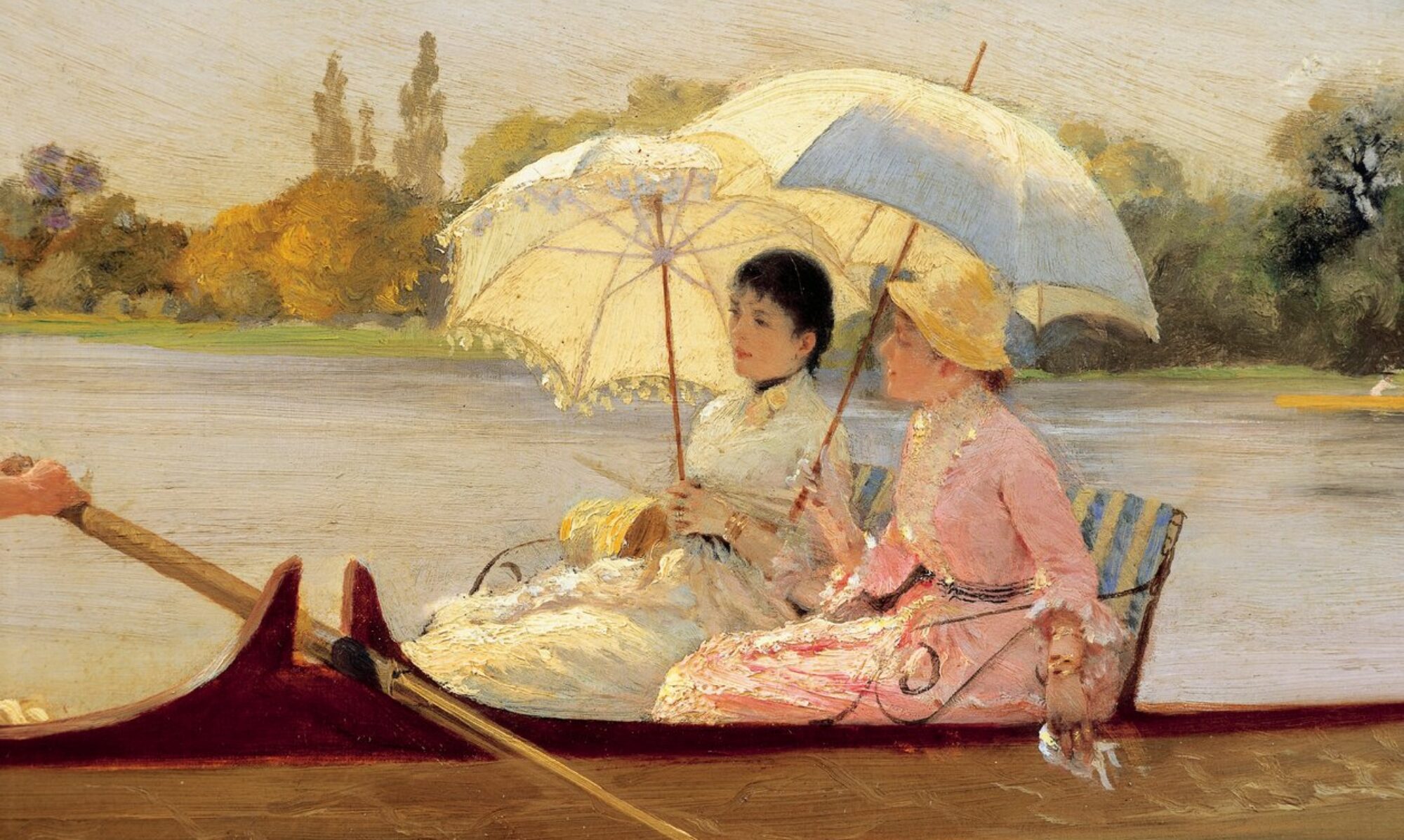Today I’m excerpting from The Etiquette of Today: A Complete Guide to Correct Manners, and Social Customs in Use Among Educated and Refined People of America, by Marshall Everett, 1902.
As long as the crape veil and crape trimmed gown are worn a woman should refrain from participation in all social gayeties. During the first three weeks after the loss of a near relative, women refuse themselves to all visitors except relatives and most intimate friends. After this, while not keeping any day at home, they do as a rule find themselves sufficiently resigned and controlled to receive a few callers and to speak with composure of the recent trial.
Six months after the loss of a parent, sister, brother, child or husband, a woman is entitled to call very informally on her friends. That is to say, she makes her call on some other afternoon than that of her friend’s day at home. After six months, she is privileged to attend concerts, picture shows, and, if she wishes, the matinee performances at the theater. When the crape decorations are put off, small dinners and luncheons and night performances at the theater or opera, witnessed from an orchestra chair, supply ample diversion, but not until well along in second mourning is attendance at large dinners and the like ever resumed ; and balls and the opera-box and the regular round of social calls are never, taken up again until colors are again worn.
Men do not so carefully graduate their mourning, nor their resumption of social duties, as women. After three weeks or two months, the theater, club, and small dinners and calls among intimate friends are resumed, and since so few men wear mourning at all, their social habits are resumed after brief retirement. It should be said, however, that while wearing a broad band on his hat, a man does not go to a ball, sit in an opera-box, or attend a fashionable dinner.







